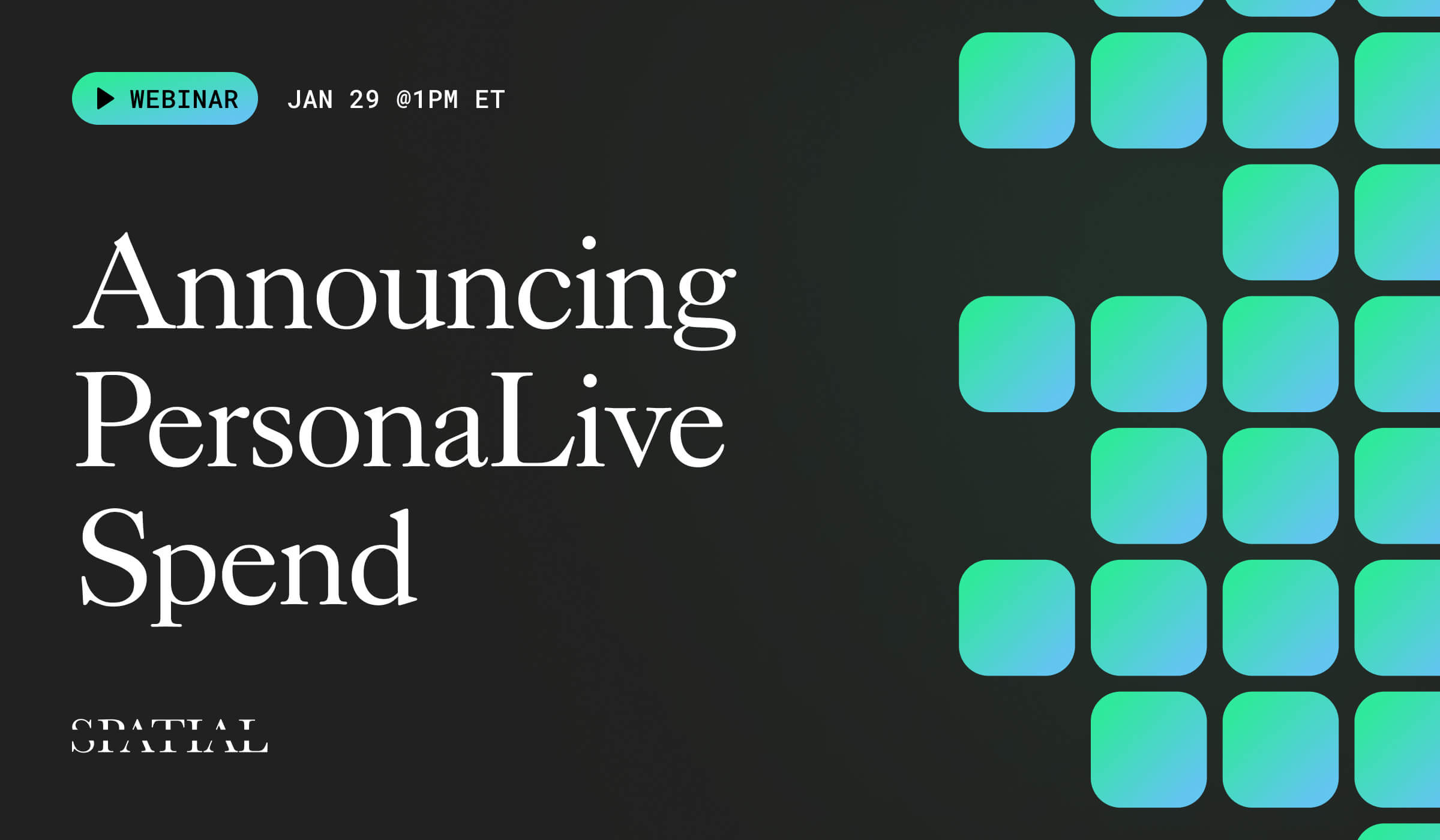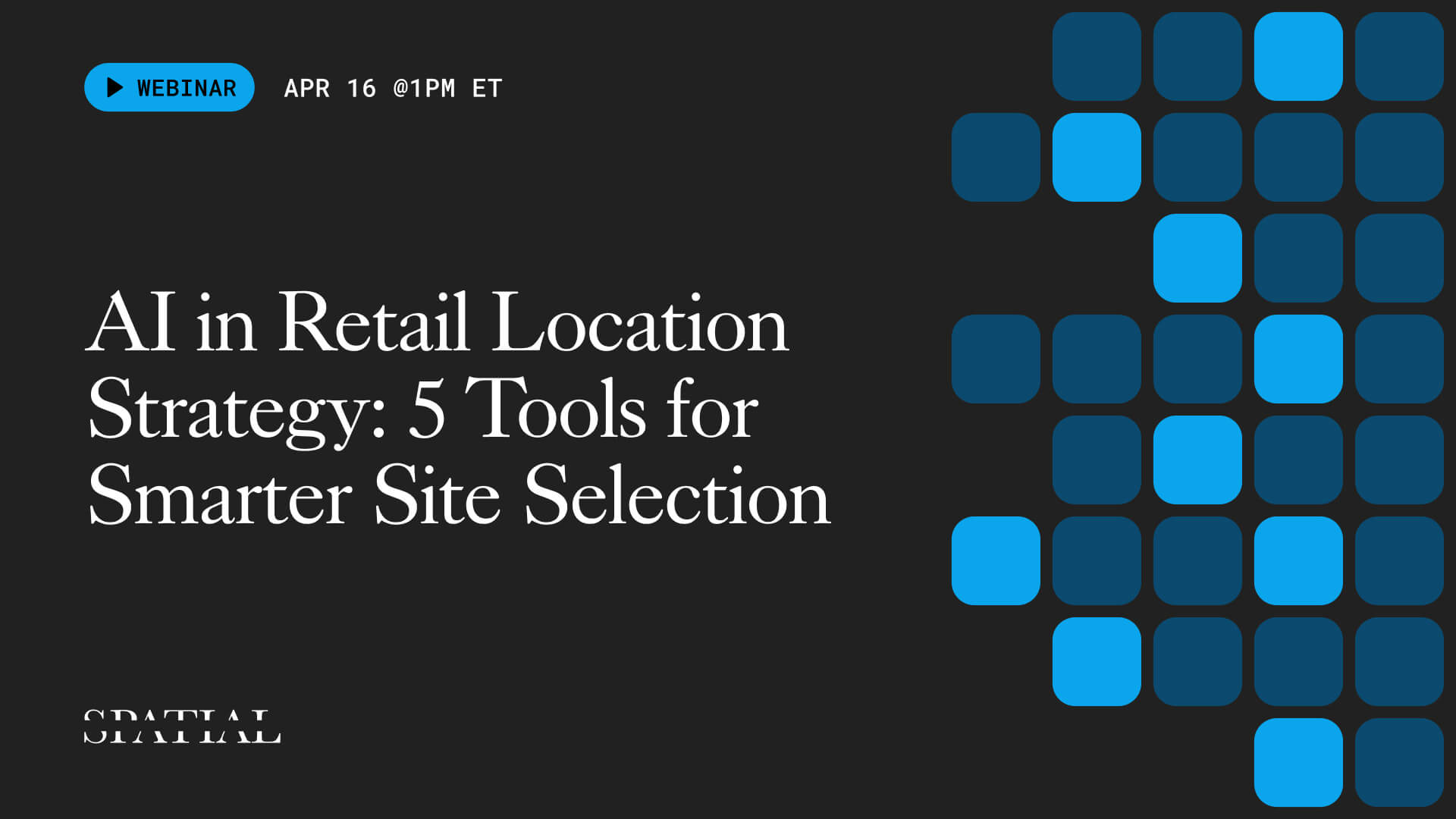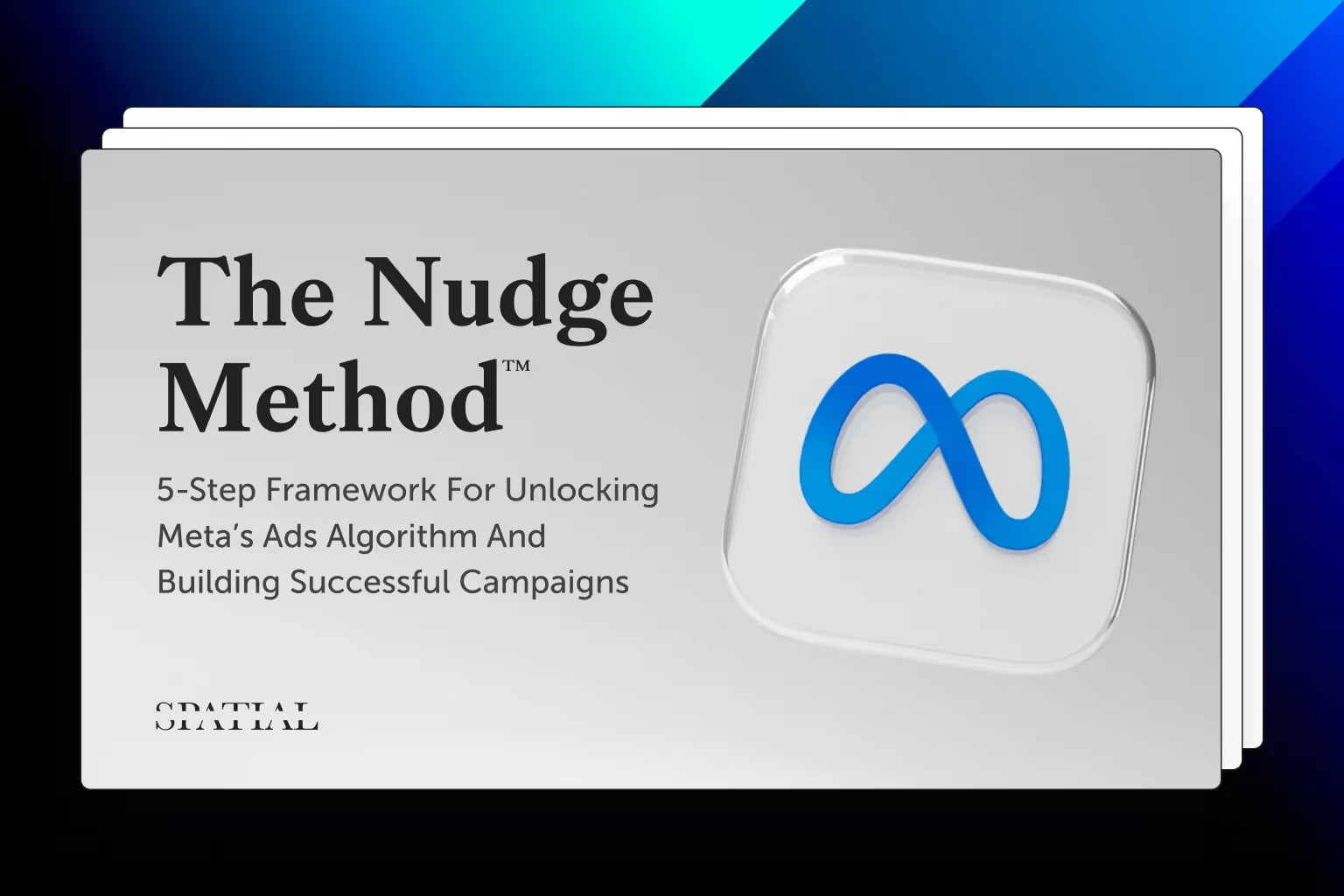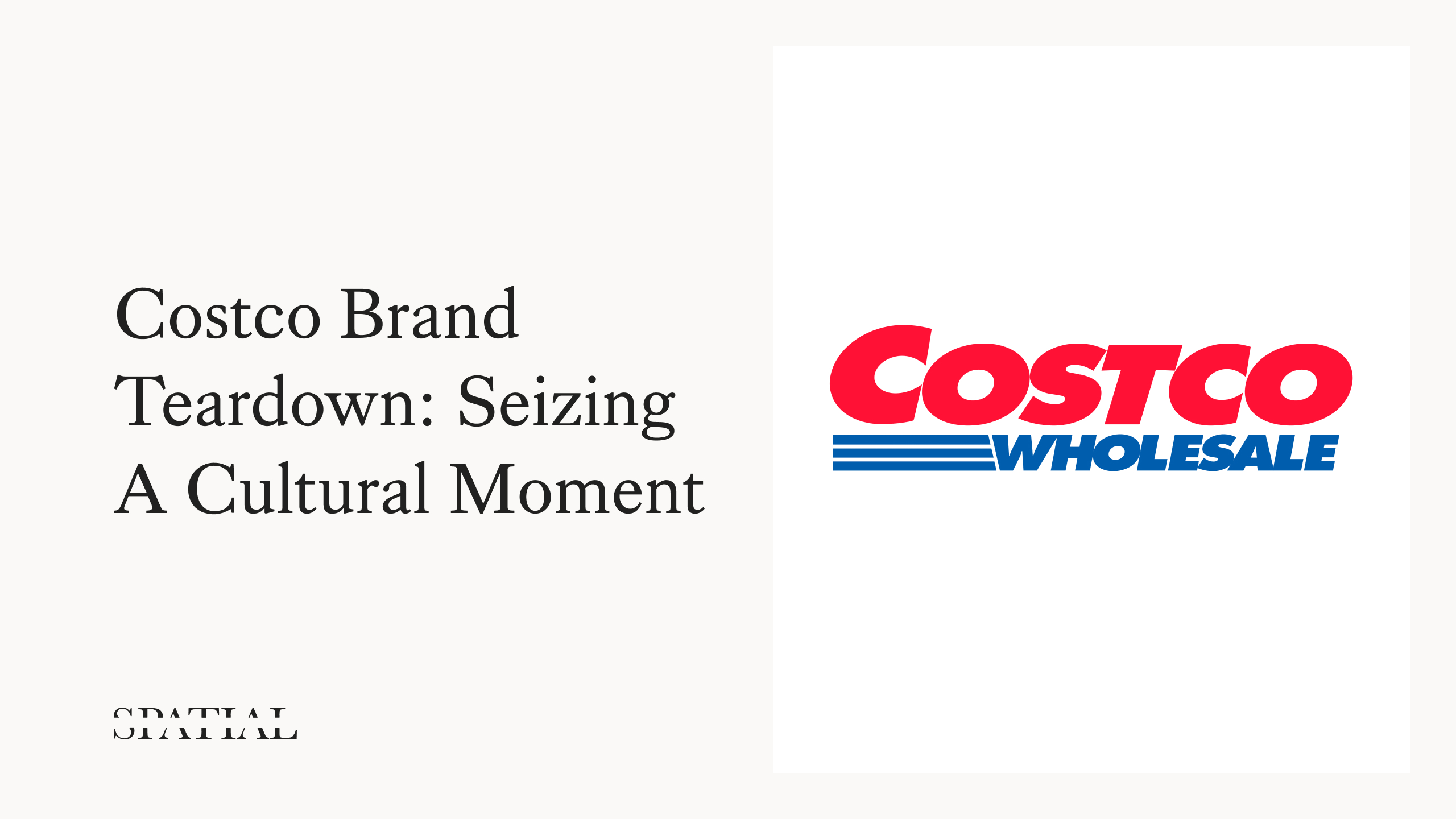The Essential Guide To Customer Segmentation
What is customer segmentation?
Customer segmentation is the process of dividing customers into groups that share similar characteristics. By focusing on smaller subsets of customers, businesses can personalize their products and services to those that matter most to their brand.
Why you should segment your customers
While customer segmentation is primarily a strategy used by marketers to enhance the effectiveness of campaigns, it benefits every area of a company. By identifying key customer segments, the sales team can determine how much customers are willing to pay, the product team can focus on the most important features, and the support team can understand customer needs better.
For retailers and restaurants with brick-and-mortar locations, customer segmentation can also provide valuable insights that inform site selection and expansion strategies.
{{schedule-demo}}
Market segmentation vs. customer segmentation
When discussing the segmentation process, ‘market segmentation’ and ‘customer segmentation’ are sometimes used interchangeably. This is because there is a lot of overlap between them and both are often conducted simultaneously during market research initiatives. Nonetheless, it can be helpful to distinguish the two terms.
Market segmentation is more general and involves dividing an entire market of prospective customers into subgroups.
Customer segmentation is more specific as it only deals with the classification of existing customers.
Depending on your business goals, you may want to pursue one or both forms of segmentation. For instance, a retailer looking to expand to a new geographic market would benefit from understanding where their potential customers are located through market segmentation. That same retailer could also use customer segmentation to discover a new audience and create a targeted marketing campaign for that group.
{{customer-segmentation-toolkit}}
6 types of customer segmentation models
The next step is to decide which segmentation models to use to provide the most valuable insights. Here are six ways you can segment your customers:
- Demographic segmentation classifies customers by traits like age, income, marital status, gender, and occupation. This is the most common type of segmentation.
- Psychographic segmentation classifies customers by their values, lifestyles, hobbies, and interests. This helps to explain why someone makes a purchase.
- Geographic segmentation classifies customers by their geographic location like zip code, city, state, region, or country.
- Geodemographic segmentation classifies consumers based on both demographic and geographic variables. Developed in the UK by Richard Webber, geodemographic segmentation operates under the principle that people who live in the same area are likely to share the same characteristics.
- Behavioral segmentation classifies customers by actions they’ve taken like in-app behavior, purchase frequency, retail visitation, or, more recently, social media following.
- Technographic segmentation classifies customers by their technology usage. B2C companies are typically interested in the types of devices and social platforms customers prefer. B2B companies tend to focus on a customer’s preferred techstack such as their CRM software.
The decision to use one or more of these segmentation models depends on the level of customer data available to you and which information is valuable to your business. If you’re just getting started, begin with demographic segmentation to provide a foundational understanding of your customers. Then consider which additional data points you’d like to collect and use to enrich your customer profiles.
How to segment (and target) your customers
Once you’ve decided on the scope and method of customer segmentation, you’re ready to begin the segmentation process. There are five steps to developing a customer segmentation strategy: prepare, segment, analyze, target, and adapt.
Prepare
Collect and clean customer data to ensure your segmentation will be accurate. Data is typically collected via surveys conducted either by your company or a third-party market research firm. You can also use 1st-party data your business already has in its CRM platform from previous customer interactions.
Segment
Next, decide how to segment your customers. Two common methods include RFM analysis and CLTV analysis.
CLTV (Customer Lifetime Value) analysis identifies the customer segments that will likely yield the highest total revenue throughout the entire business relationship.
RFM (Recency, Frequency, Monetary Value) analysis determines a business’s most profitable customers by focusing on three factors:
- How recently a customer has transacted with a brand
- How frequently they’ve engaged with a brand
- How much money they’ve spent on a brand’s products and services
If you’re comfortable working with data, you can build either of these models within an excel spreadsheet. Our Customer Segmentation Toolkit shows you step-by-step how to segment your customers using RFM analysis. For larger, more complex projects, you’ll likely want to hire a data scientist to build one of these for you.
Another way to segment your customers is to leverage a segmentation system. These are market segmentations built from aggregated third-party data–typically census and survey data–that classify consumers by broader lifestyle characteristics. Segmentation systems are particularly valuable in market research, offering data and insights that extend beyond the information gathered solely from customer interactions with your business.
Analyze
After you’ve segmented your customers, it’s time to mine the data for valuable customer insights. The exact output will differ based on the segmentation method used, but there are generally four categories of customers you’ll want to identify and study:
- Core customers purchase the most and make up a large portion of your customer base. Invest heavily in this segment.
- Niche customers purchase more than others but make up a smaller portion of your customer base. Consider ways to reach more of this audience.
- Incentivize customers currently purchase less but make up a significant portion of your overall customer base. If incentivized correctly, this segment would purchase more.
- Ignore customers purchase less and make up a small portion of your customer base. Avoid investing in this segment to optimize your efforts.

By analyzing the shared characteristics of your most valuable customer segments, you can develop customer personas that bring them to life for your business. These personas can then be shared across the company to inform marketing, sales, and product decisions.

Target
With a robust picture of your customers in hand, you are equipped to target them more effectively and optimize your marketing efforts. At a high-level this involves choosing a customer segment, tailoring the ad messaging and creative, and launching your campaign across specific channels. If you are a real estate strategist and your segmentation includes geographic data, you can map customer segments to find ideal target markets.
Adapt
Finally, monitor your campaigns and adjust your strategy accordingly. For digital marketing campaigns, you will likely discover certain ad sets that perform better with specific segments. An easy way to capitalize on this is to reallocate ad dollars to the high-performing ads. In the brick-and-mortar space, brands can experiment with new markets by measuring customer engagement with smaller pop-up locations before committing to a full site build.
Customer segmentation tools and software
Use customer segmentation tools and software specific to your use case to streamline the process. Below are a few examples to kickstart your research:
- Spatial.ai PersonaLive: USA household segmentation system that classifies consumers based on their online and offline behaviors, including social media, mobile visitation, and web visitation behavior.
- Experian Mosaic: USA segmentation system that uses demographic, lifestyle, and consumer behavior data to classify households into distinct market segments for targeted marketing strategies.
- Esri Tapestry: Provides a segmentation system that combines demographic and socioeconomic data to offer insights into customers' lifestyles, preferences, and choices.
- Hubspot: Offers a CRM platform that enables businesses to segment customers based on interactions, behaviors, and personal data.
- Qualtrics: Specializes in experience management, allowing companies to segment and understand their customers through various feedback and data collection methods.
- MailChimp: An email marketing service that offers tools for segmenting email lists based on user behavior, preferences, and interaction history for more effective campaigns.
- Segment: Provides a customer data platform that collects, unifies, and connects customer data from various sources for advanced customer segmentation and personalized experiences.
- Amplitude: Focuses on product analytics, offering tools for segmenting users based on their interactions with a product, enabling companies to tailor user experiences and improve engagement.
Want to go deeper? Watch the on-demand webinar to learn more about PersonaLive or schedule a free demo.

What you should do now
Whenever you're ready, here are 3 ways Spatial.ai can help:
- See PersonaLive In Action. If you'd like to segment and target your best customers using real-time behavioral data, schedule a free 30-min demo to get started.
- Subscribe To Consumer Code. If you've found this helpful, check out our newsletter and podcast where we share more consumer research and insights for retail marketers.
- Share This Post. If you know another marketer who’d enjoy reading this post, share it with them on Linkedin, X, or Facebook.
Get retail marketing tips
We email every monday with smart growth strategy ideas. Almost no promotion. Just value.

.avif)
%20(1).jpg)



Need help understanding who your best customers are? Schedule a free demo of the PersonaLive platform to learn how to segment your customers in under 60 minutes.





